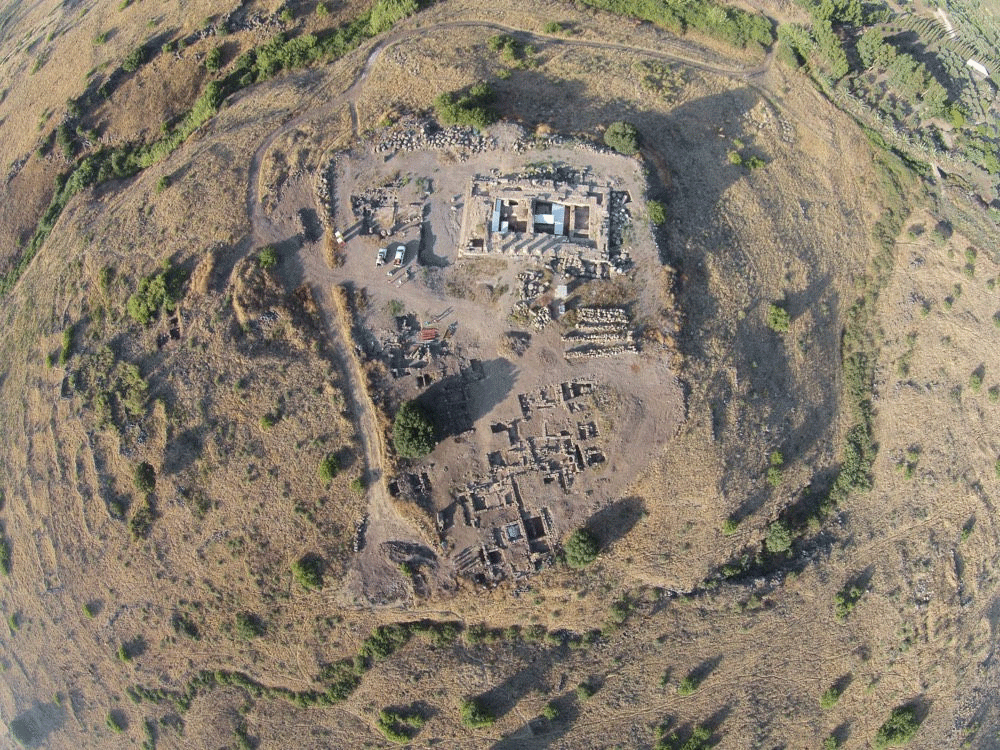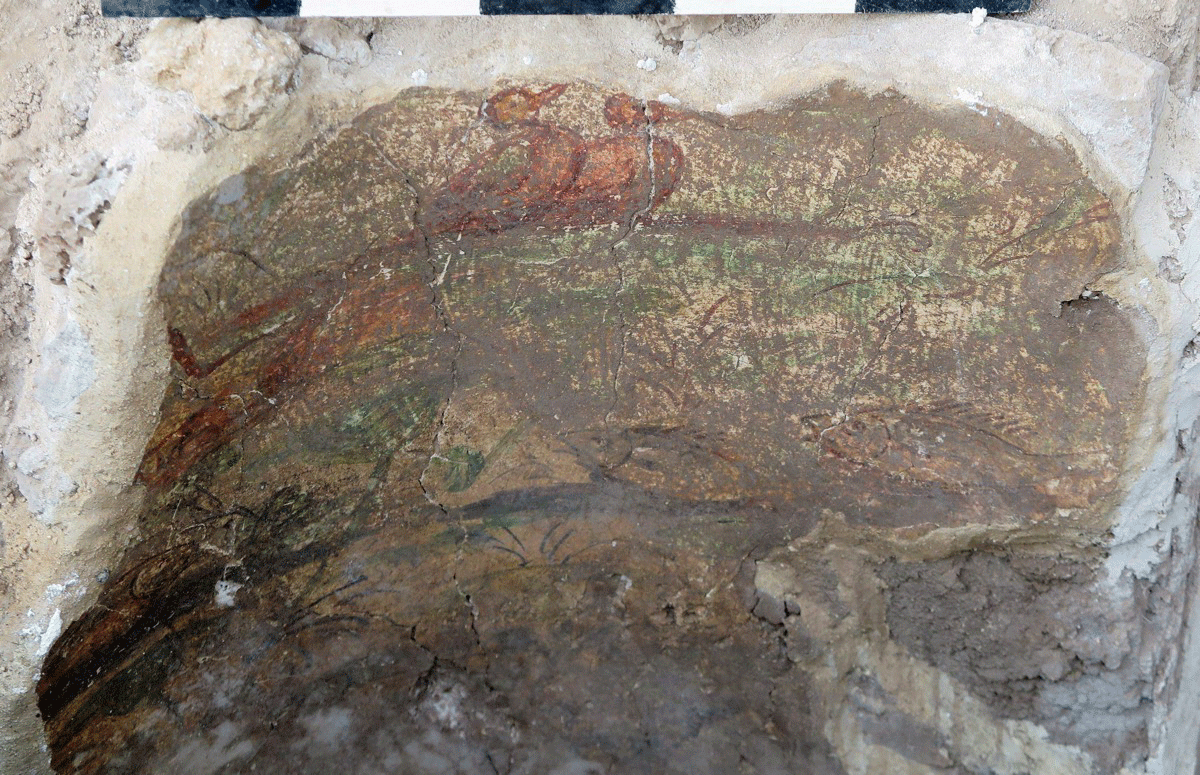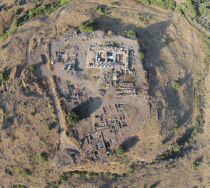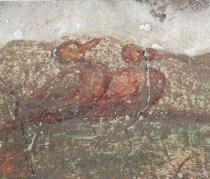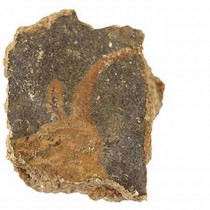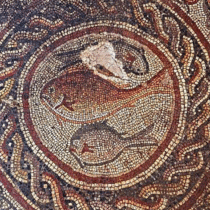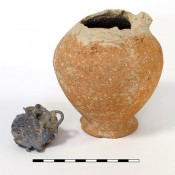Researchers in northern Israel have brought to light the remains of a Roman house covered in phallic-like amulets. The house is about 1,900 years old and was decorated with frescoes.
The discovery was made at the archaeological site of Omrit in northern Israel. The house was probably built in the 1st-2nd century AD, and was very likely two stories tall, with plastered floor and walls covered in frescoes. The frescoes show images of trees, bushes, birds, fish and plants. One, in particular, depicts two ducks huddled together.
Researchers do not know who was the owner of the house and why it was decorated with Roman motifs. It could have been the residence of a Roman official stationed in the area, but this has not been established so far, so it could have also been the home of a local elite individual.
The area that has been excavated so far was probably a courtyard. The house seems to have been demolished in the early 3rd century, since a layer of fill was found on top of the remains. On top of that layer, a new building was constructed, resembling a stoa.
Between the demolished house and the new construction, though, archaeologists found a layer of several phallic amulets, in the fill that covered the demolished Roman house. Such amulets were quite common throughout the Roman Empire, aiming to prevent misfortune and keep evil at bay.
The excavation is part of the Omrit Settlement Excavations Project, which gathers various scholars and institutions from several locations.
